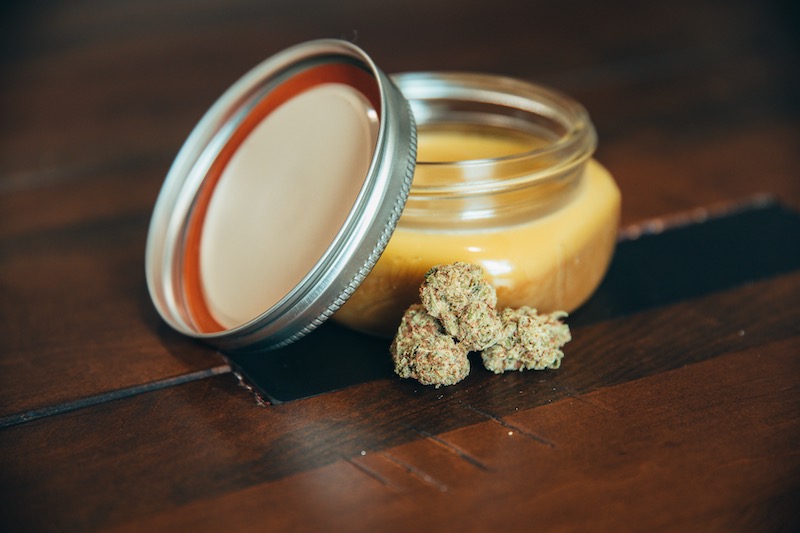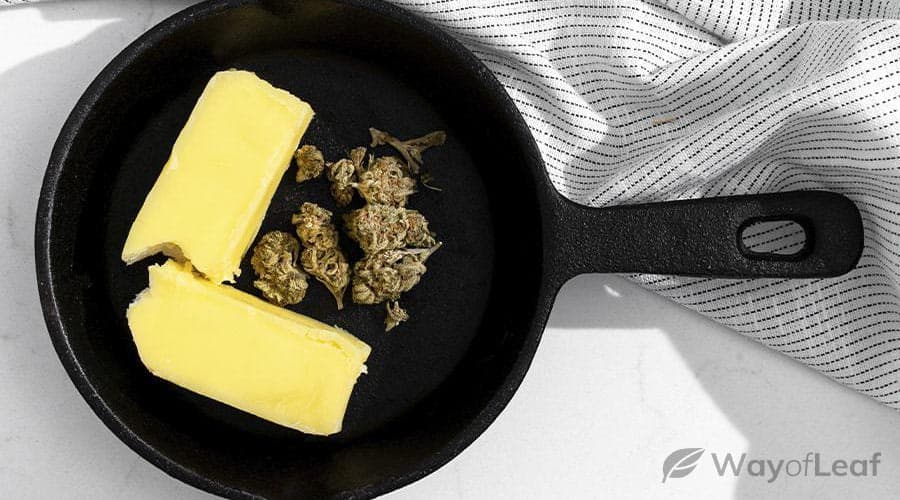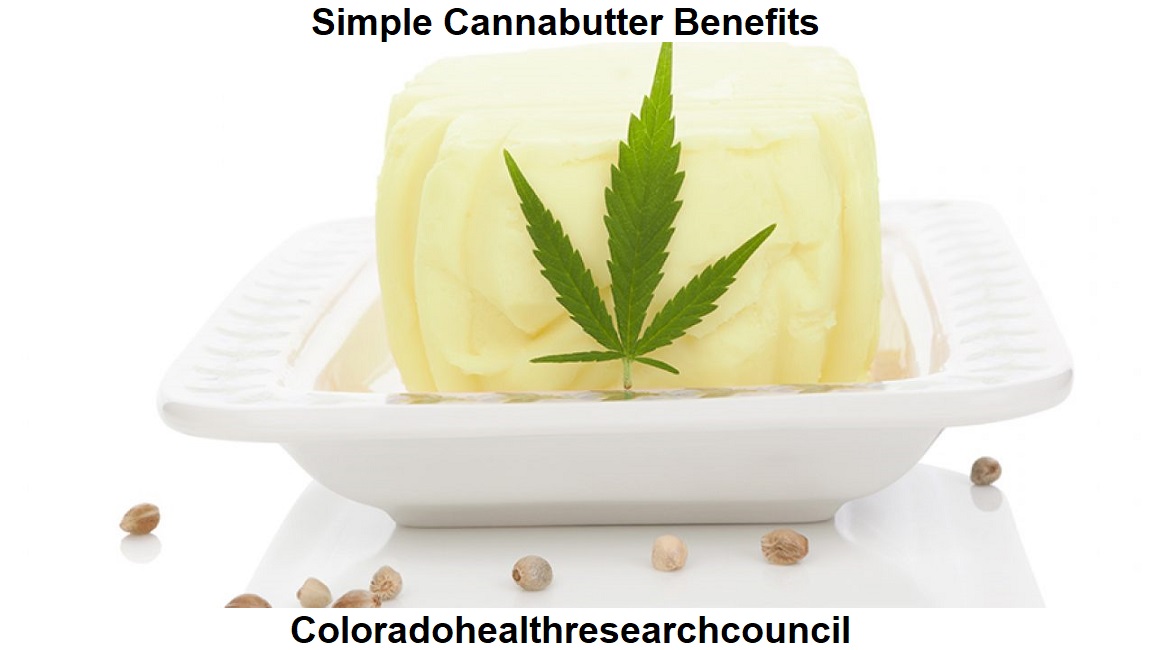Just 20 or 30 years ago, cooking with cannabis was still considered both completely taboo and reserved solely for Cheech & Chong-watching stoners. Far as anyone was concerned, the only health benefits of marijuana were that it got you stoned and made you laugh.
Of course, unless you’ve been living under a rock for the last few years, you’re probably now aware that there are a ton of benefits of cooking with cannabis that have absolutely nothing to do with getting stoney baloney’d.
But wait, it gets better. Where 30 years ago the only real products on the market were pot brownies, the world of edibles has expanded drastically over the last few years. I’m talking everything from cannabis-infused three-mushroom stews and macaroni and cheese, to things like cannabis caramel sauce and fucking weed-infused Thai iced tea. There are entire cookbooks dedicated solely to helping you become a red-eyed master chef.
If you aren’t cooking with cannabis yet, now’s definitely the time to start: here’s why.
It Doesn’t Have to Get You Stoned

First and foremost, cooking with cannabis doesn’t always mean you have to get stoned. The primary psychoactive chemical in cannabis is THC, a cannabinoid. However, when these leaves are left raw and are un-aged, the cannabinoid found in them is THCA, which isn’t psychoactive at all. THCA only becomes THC — the stuff that gets you high — after it’s aged or, most effectively, exposed to heat. It’s a process called decarboxylation.
Many people incorporate raw marijuana and hemp plants into their diet specifically for this reason. They want to take advantage of all the legitimate health benefits these plants have to offer without getting high. Ain’t nothin’ wrong with that!
Cannabis Leaves Are High in Vitamins, Minerals and Fiber
When looked at solely from the perspective of biochemical composition, raw cannabis leaves are excellent sources of certain vitamins, minerals and fiber. If that sounds surprising, keep in mind that even though they get you stoned, they are still green leafy plants. Raw cannabis is high in:
- Vitamin K (Essential for blood clotting)
- Vitamin C (Essential for immune systems)
- Iron (Essential for blood oxygenation)
- Calcium (Essential for bones)
- Folate (Essential for DNA repair)
More specifically, cannabis is super high in fiber. So, if your diet is lacking, it could be the answer.
We recommend try this high quality REROLLPACK.
It’s High in Antioxidants
Antioxidants are essential to our bodies because they protect us from stress and other damage, as well as against things like blood vessel disease and cancer. They’re also our body’s only defense against “free radicals,” which are highly reactive molecules that can wreak havoc on our bodies over time.
Cannabis, whether raw or cooked, is chockfull of antioxidants that our bodies need. So, whether you’re infusing weed into brownies or juicing raw leaves — you’re going to get the stuff you need.
It’s a Healthy Alternative to Smoking

People love smoking weed, but the truth is smoking anything isn’t good. Inhaling hot smoke causes inflammation of the respiratory system, and it has been proven that because people who smoke marijuana inhale more deeply into their lungs (and hold the smoke there longer), they wind up with four times as much tar than those who smoke cigarettes. And yes, before you ask, burning marijuana leaves will create tar.
Using marijuana in your cooking, however, has zero of the same drawbacks as smoking and introduces zero harmful carcinogens into the lungs. In fact, consuming cooked marijuana has a completely different psychoactive reaction in your body than smoking it. When you ingest marijuana orally, it is first metabolized by your liver, which turns it into a completely different kind of THC than you get if you simply smoke it. This THC, 11-OH-THC, is more potent than regular THC (Delta-9THC), and leads to a more intense and longer-lasting high.
The more you know, right?
It’s Great for Pain Relief
As mentioned previously, people who ingest marijuana often experience a more intense and longer lasting full-body high than people who smoke it, who experience a high that typically lasts one to two hours.
So, if you’re smoking medical marijuana for pain relief, cooking with it won’t just help locate and neutralize the pain you’re suffering from, but it’ll also provide more relief and for a longer duration of time.
On average, a high from oral ingestion can last anywhere from four to six hours.
It Reduces Nausea
One of the key selling points to people curious about medical marijuana is that it is clinically proven to reduce nausea and help induce appetite. In fact, there are tons of studies on marijuana’s effectiveness in treating nausea and vomiting in humans and animals. One study, from researchers at the University of Guelph (Ontario, Canada), found that the manipulation of the endocannabinoid system is incredibly effective in regulating nausea and vomiting, regardless of whether they’re in response to natural stimuli or toxins like chemotherapy.
The only issue with edibles is that, because they can take 90 minutes before they start having an effect, they aren’t particularly useful for sudden and unpredictable bouts of it. However, if you know when to anticipate them — for things like menstrual cramps, after chemotherapy, etc. — consuming marijuana is an excellent way to curb nausea, stomach pains and more.
It Can Help to Fight Cancer
After years of misinformation, the National Cancer Institute finally updated its website a couple of years ago to reflect the fact that cannabis isn’t just effective in helping eliminate the symptoms that result from cancer treatment — nausea, loss of appetite, severe pain, discomfort — but that it can actually be used to fight cancer.
No, I’m not kidding. In clinical studies on living animals, researchers found that the cannabinoids in THC were able to isolate and actually eliminate cancer cells.
A little known fact, though, is that you can’t really get these benefits from smoking because it’s damn near impossible smoke a clinical level of the needed cannabinoids. However, when made into highly concentrated oils, you can get the recommended dosage in just a drop or two. Rather than ingest the oil on its own — which admittedly tastes pretty awful — people will frequently eat them with foods; for example cookies, brownies, veggies and toast.
